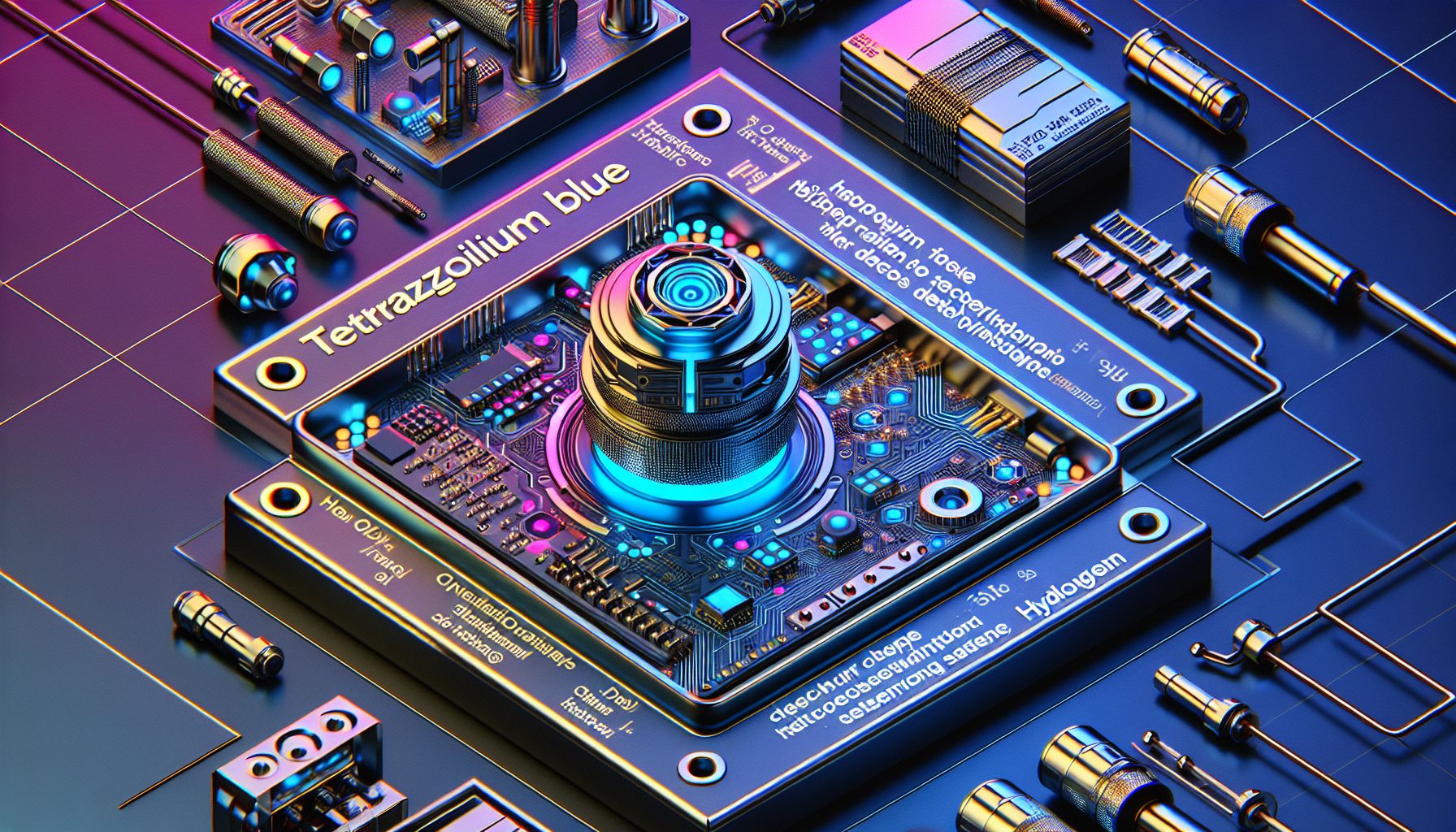Colour-Changing Sensor Revolutionises Hydrogen Safety

London, Friday, 12 September 2025.
A new tetrazolium blue-based sensor swiftly detects hydrogen by changing colour, boosting safety in hydrogen use. This innovation could transform hydrogen’s role as a clean energy source.
A New Era in Hydrogen Detection
Hey there, folks! Imagine walking into a room, and the walls start changing colour to alert you to invisible yet potentially dangerous hydrogen gas. That’s exactly what this new tetrazolium blue-based sensor does. It changes from a pale yellow to a deep blue when exposed to hydrogen, and it does so in mere seconds. How cool is that? This rapid response is crucial because hydrogen, though a fantastic clean energy source, is both flammable and odourless. This sensor detects hydrogen concentrations as low as 100 parts per million, which is 400 times lower than the concentration required for it to become flammable. Now, that’s what I call a serious safety upgrade [1].
The Science Behind the Sensor
You might be wondering how this magic happens. Well, it’s all thanks to the nitrotetrazolium blue chloride (NTB) dye and a hydrogen-activating compound known as {Ir(Cp*)(Cl)}2(thbpym)2]. When hydrogen gas comes into contact with this combo, the sensor’s colour shifts dramatically. It’s like having a mood ring for gases! This innovation is not just a lab experiment; it’s been detailed in recent research, highlighting its efficiency and potential for real-world applications [1][2].
Safety First: The Industrial Impact
Now, let’s talk about why this matters beyond the lab coat crowd. Industries that use hydrogen as a clean energy source can breathe a little easier (pun intended) knowing that this sensor can act as an early warning system for leaks. Think of it as a silent guardian, standing by to ensure that hydrogen doesn’t outstay its welcome. This kind of rapid detection can prevent accidents and boost confidence in hydrogen as a viable alternative to fossil fuels. With safety concerns addressed, we’re one step closer to a cleaner, greener future [1][3].
A Future Full of Colour
What’s next for this colour-changing marvel? The research team plans to integrate these sensors into existing safety systems by October 2025. The idea is to make hydrogen detection as seamless and reliable as possible. Could we see these in homes or vehicles someday? That’s a thought worth pondering. As technologies like these continue to evolve, they paint a promising picture for clean energy. Who knew a simple colour change could be such a game-changer [2][3]?